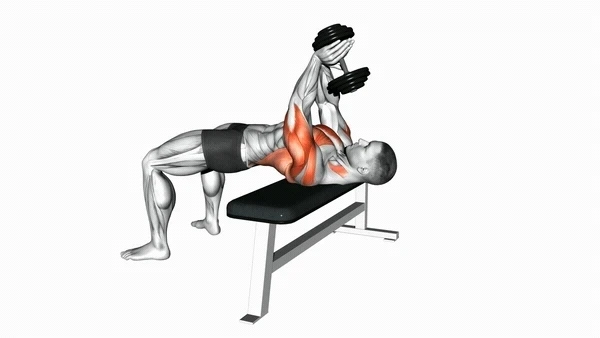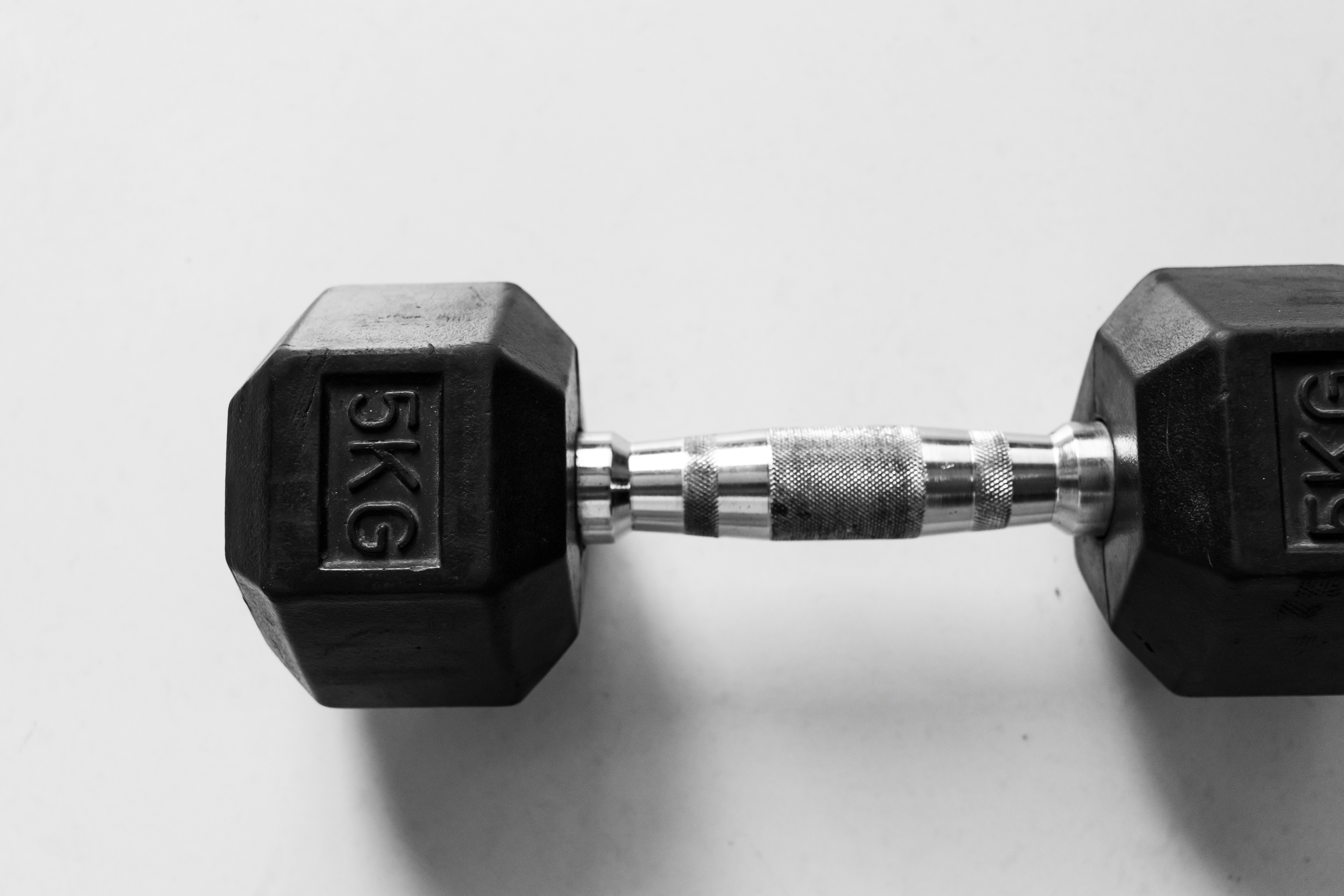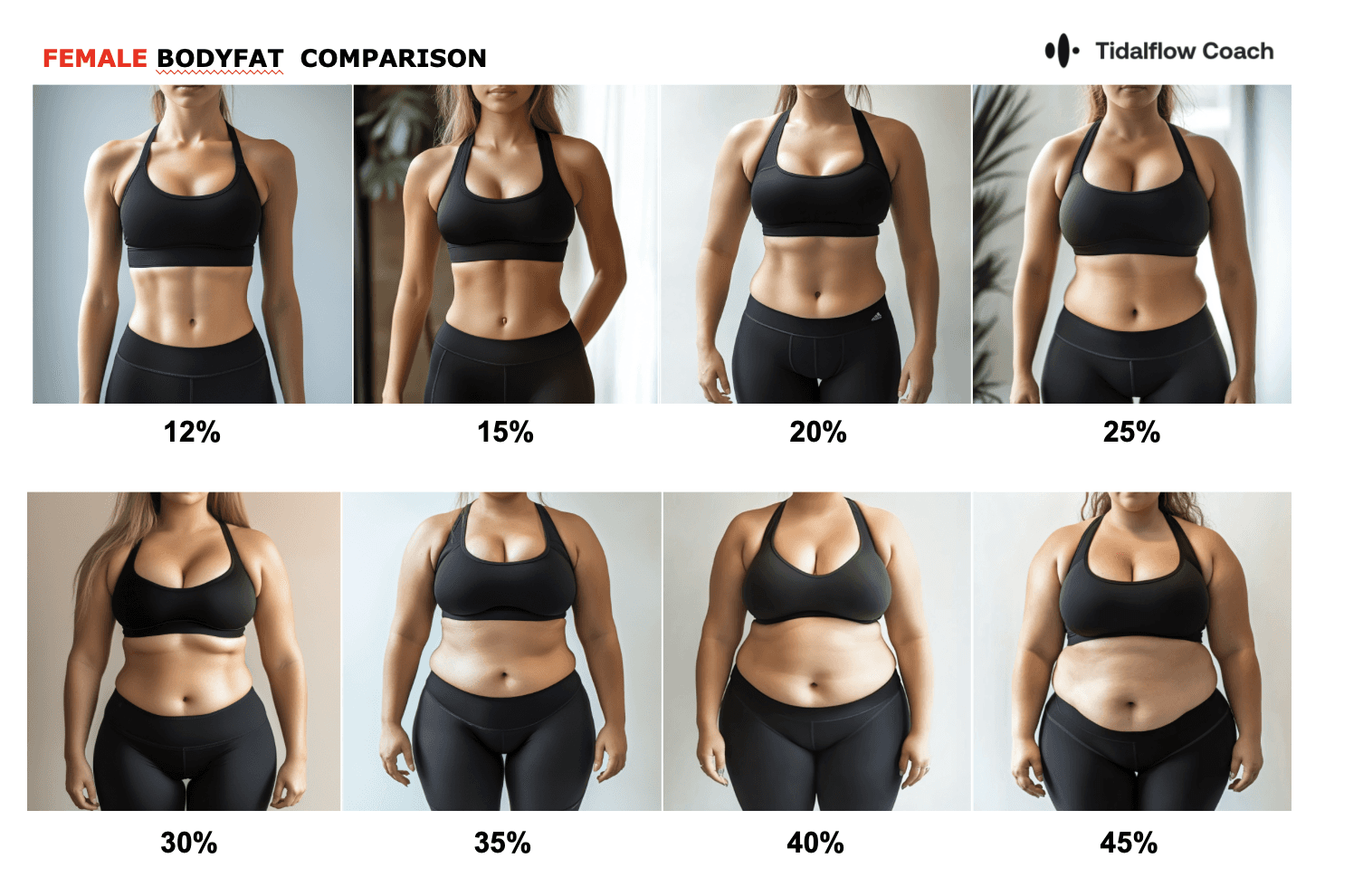Lat Pullover Guide: Build a Stronger, Wider Back Effectively
Sep 25, 2024
Are you looking to add width and thickness to your back while also engaging your chest and core? Look no further than the lat pullover. This versatile exercise has been a staple in bodybuilding routines for decades, and for good reason. In this comprehensive guide, we'll dive deep into the world of lat pullovers, exploring their benefits, proper technique, variations, and how to incorporate them into your workout routine effectively.
What is a Lat Pullover?
The lat pullover is a strength training exercise primarily targeting the latissimus dorsi (lats), the large, fan-shaped muscles on either side of your back. However, it's not just a back exercise – it also engages your chest, triceps, and core muscles, making it a compound movement with multiple benefits.
What Muscles Do Pullovers Target?
While the name suggests it's all about the lats, the pullover actually works several muscle groups:
Latissimus Dorsi: The primary target, responsible for that coveted V-taper.
Pectoralis Major: Your chest muscles get a good stretch and contraction.
Triceps: Engaged throughout the movement, especially at the end of the range of motion.
Serratus Anterior: The "boxer's muscle" that wraps around your ribcage.
Core Muscles: Including your abs and obliques, which work to stabilize your body.
Types of Lat Pullovers
There are several variations of the lat pullover, each with its own unique benefits:
Dumbbell Pullover: The classic version, performed lying on a bench with a single dumbbell.
Barbell Pullover: Similar to the dumbbell version but using a barbell for added stability.
Cable Pullover: Offers constant tension throughout the movement.
Machine Pullover: Provides a guided path of motion, ideal for beginners or those with shoulder issues.

How to Perform a Dumbbell Lat Pullover
Let's break down the steps for the classic dumbbell lat pullover:
Lie perpendicular on a flat bench with your upper back supported and head off the edge.
Hold a dumbbell with both hands directly above your chest, arms slightly bent.
Lower the weight in an arc behind your head, feeling a stretch in your lats and chest.
Pause briefly at the bottom, then engage your lats to pull the weight back to the starting position.
Squeeze your lats at the top of the movement before beginning the next repetition.
Common Form Mistakes to Avoid
Arching your back: Keep your lower back pressed against the bench throughout the movement.
Bending your arms too much: Maintain a slight bend in your elbows to keep tension on the lats.
Using momentum: Control the weight throughout the entire range of motion.
Lowering the weight too far: Stop when you feel a good stretch, not when the weight touches the floor.
Benefits of Lat Pullovers
Back Width: Pullovers are excellent for developing that coveted V-taper physique.
Chest Development: They provide a unique stretch and contraction for the pecs.
Improved Posture: Strengthening the lats can help counteract rounded shoulders.
Core Stability: The movement challenges your core to maintain proper positioning.
Shoulder Health: The controlled stretch can improve shoulder mobility and flexibility.
Are Lat Pullovers for Width or Thickness?
This is a common question among fitness enthusiasts. The truth is, lat pullovers can contribute to both width and thickness of the back, depending on how they're performed:
For Width: Focus on a wider grip and a full range of motion, emphasizing the stretch at the bottom of the movement.
For Thickness: Use a closer grip and concentrate on squeezing your lats hard at the top of each rep.
Incorporating both approaches into your routine can help develop a well-rounded back.
Is a Lat Pullover Vertical or Horizontal?
Technically, the lat pullover is neither strictly vertical nor horizontal. It's considered a transverse plane movement, meaning the motion occurs around the long axis of the body. This unique plane of motion is part of what makes the pullover so effective and distinguishes it from other back exercises like pull-ups or rows.
Are Cable Lat Pullovers Effective?
Absolutely! Cable lat pullovers offer several advantages:
Constant Tension: The cable provides resistance throughout the entire range of motion.
Versatility: You can easily adjust the angle and height of the cable for different variations.
Unilateral Training: You can perform single-arm pullovers to address muscle imbalances.
Reduced Joint Stress: The smooth motion of the cable can be easier on the shoulders compared to free weights.
While dumbbell pullovers are great, incorporating cable variations can add valuable diversity to your back training.
Related Article: Master the Cable Pullover: The Ultimate Back-Building Guide

Why Do Lat Pullovers Hurt My Triceps?
If you're feeling lat pullovers primarily in your triceps, a few factors could be at play:
Improper Form: You might be bending your elbows too much, shifting the focus to your arms.
Weak Lats: If your lats are underdeveloped, your triceps may try to compensate.
Triceps Dominance: Some people naturally have stronger, more active triceps.
To address this issue:
Focus on initiating the movement with your lats, not your arms.
Use a lighter weight to maintain proper form.
Incorporate other lat-focused exercises to strengthen these muscles.
Consider using the mind-muscle connection technique to better activate your lats.
Incorporating Lat Pullovers into Your Workout Routine
To get the most out of lat pullovers, consider these tips:
Frequency: Perform lat pullovers 1-2 times per week as part of your back or chest workout.
Sets and Reps: Start with 3 sets of 10-12 reps, adjusting based on your goals and experience level.
Placement in Workout: Do pullovers towards the end of your routine after compound movements like rows or pull-downs.
Progressive Overload: Gradually increase weight or reps over time to continue seeing progress.
Variation: Alternate between dumbbell, barbell, and cable variations to target your lats from different angles.
Sample Back Workout Including Lat Pullovers
Here's an example of how you might structure a back workout that includes lat pullovers:
Wide-Grip Pull-Ups: 3 sets of 8-10 reps
Bent-Over Barbell Rows: 4 sets of 8-10 reps
Seated Cable Rows: 3 sets of 10-12 reps
Lat Pullovers (Dumbbell or Cable): 3 sets of 10-12 reps
Face Pulls: 3 sets of 12-15 reps
Remember to warm up properly and listen to your body, adjusting the workout as needed.
Conclusion: Unleash Your Back's Potential with Lat Pullovers
The lat pullover is a powerful tool in your fitness arsenal, offering unique benefits for back development, chest engagement, and overall upper body strength. By mastering proper form, understanding the muscles involved, and incorporating various pullover variations into your routine, you can take your back training to the next level.
Whether you're aiming for that sought-after V-taper, looking to improve your posture, or simply want to add a new dimension to your workouts, lat pullovers have something to offer. So why not give them a try in your next back or chest session?
Ready to elevate your fitness journey with expertly crafted workout plans that include exercises like lat pullovers? Get started with Tidalflow today and experience personalized AI-powered training that adapts to your goals and progress. Your dream physique is waiting – let's build it together!
You should not have to do it all on your own













